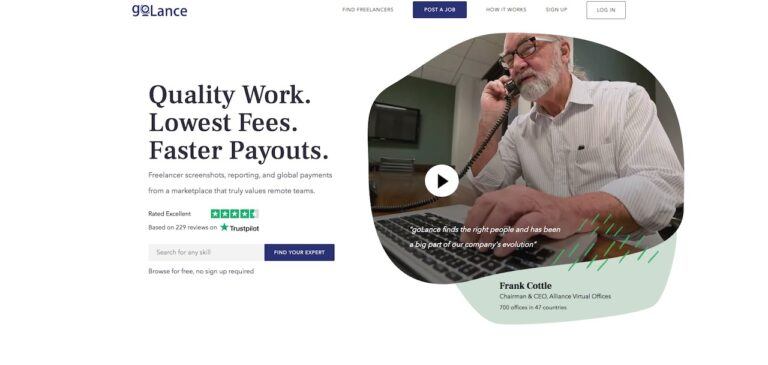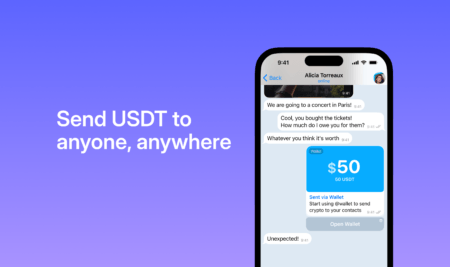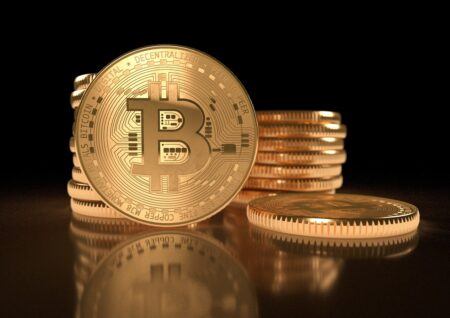In a recent interview with Ripple, Michael Brooks, the CEO of freelance marketplace goLance, talked about the benefits (for his business and its clients) of using the Californian company’s RippleNet payment network and the XRP-powered On-Demand Liquidity (ODL) service.
RippleNet is Ripple’s global payment network, which has as its members 300+ financial institutions across 40+ countries spanning six continents. RippleNet members are able to make transparent, fast, and inexpensive cross-border, cross-currency payments to each other.
Although RippleNet members do not need to use ODL service, which uses the digital asset XRP as the bridge currency for cross-currency payments, doing so results in additional cost and time savings, as confirmed by Ripple’s existing ODL users, such as MoneyGram.
Here is a diagram from Ripple’s website that illustrates how ODL uses XRP:

The goLance CEO started his interview with Ripple by saying that goLance is “a freelance company for freelancers by freelancers.” He then went on to explain how using RippleNet with ODL allows his company to “go to parts of the world where there’s the greatest opportunity for growth that are having the most difficult payment challenges.”
He then used the following example of sending weekly $50 payments to a freelance based in an emerging market country such as Mexico:
“The guy in the Philippines who makes $50 a week. They’ve completed their timesheet. They’re getting to pay out over a long weekend. Someone who’s making $50 on the other side of the planet cannot wait three days to get paid and when they do if we’re working with maybe one of your industry counterparts that’s charging two to five dollars per transaction, that’s five to ten percent.
“Would you like to pay five to ten percent of your salary just to the bank that sends you the money? Of course, not.
“Working with rRippleNet, we get rid of that fee, and we solve the problem of the long weekend because the XRP Ledger never sleeps. And when I can shoot a payment through RippleNet Friday at 3pm when all the banks are closed and they don’t open again till Tuesday, that goes from fiat through XRP to fiat in his currency where he can buy groceries, and all that happens in seconds.
“It’s the future to work with money that doesn’t sleep and doesn’t close the door when the banks do.”
On January 29, Ripple made a post on its Insights blog that contained further comments by Brooks about goLance’s motivations for using RippleNet and ODL.
First, he describes the problems with traditional approaches to dealing with the problem of cross-border payments:
“The traditional way of sending money to other countries is a wire transfer that moves slowly from bank to bank to bank with each one taking a cut. It takes days and makes no sense for smaller amounts as the recipient ends up losing a huge percentage of their earnings.
“The other way is to develop relationships between banks in each country but that’s complex, time-consuming and ties up liquidity.”
He says that by using Ripple’s global payment network goLance “taps into an existing global network of banks and other payment services to get new corridors up and running in just two weeks.”
And here is Brooks explaining why goLance is using ODL to make fiat payments to the 500,000+ freelancers on its platform rather than sending them Bitcoin:
“This is their livelihood. Our job is to make sure that people can buy groceries. That’s why we chose a stable, utility-based digital asset like XRP. We could have used Bitcoin but its value is too volatile and the recipient has the extra step of converting it to their fiat currency.
“If there’s a problem, I can’t call Bitcoin. Ripple is a service provider. I’ve visited their offices all over the world and work with their teams to make our payments experience faster and more efficient.”
Featured Image Courtesy of goLance, Inc. Diagram Courtesy of Ripple, Inc.









